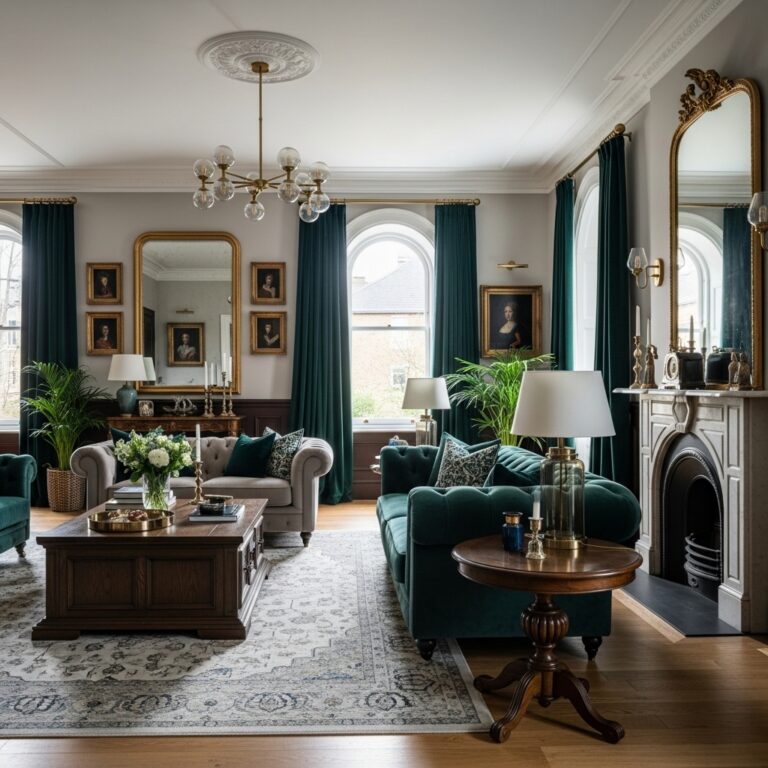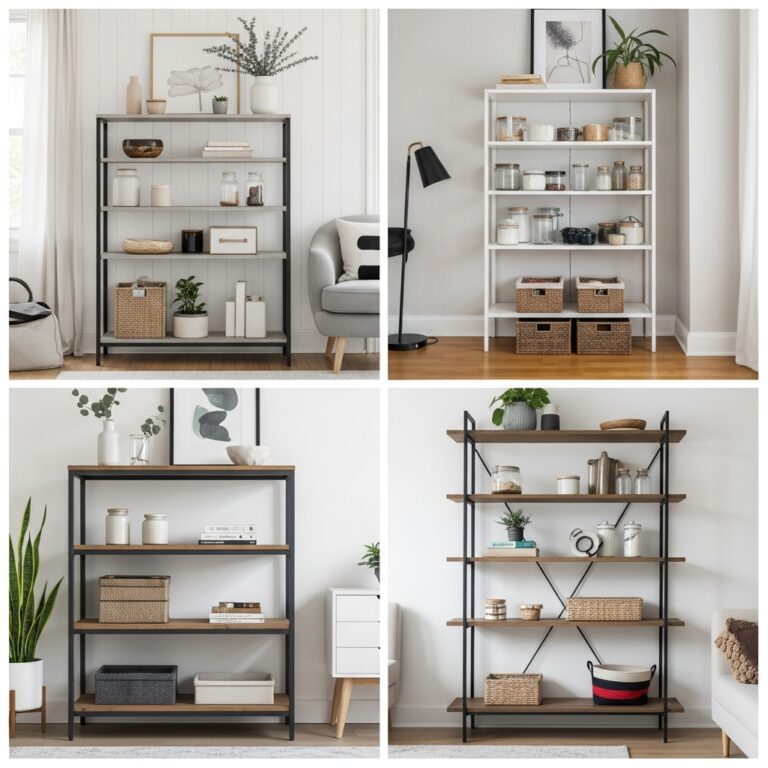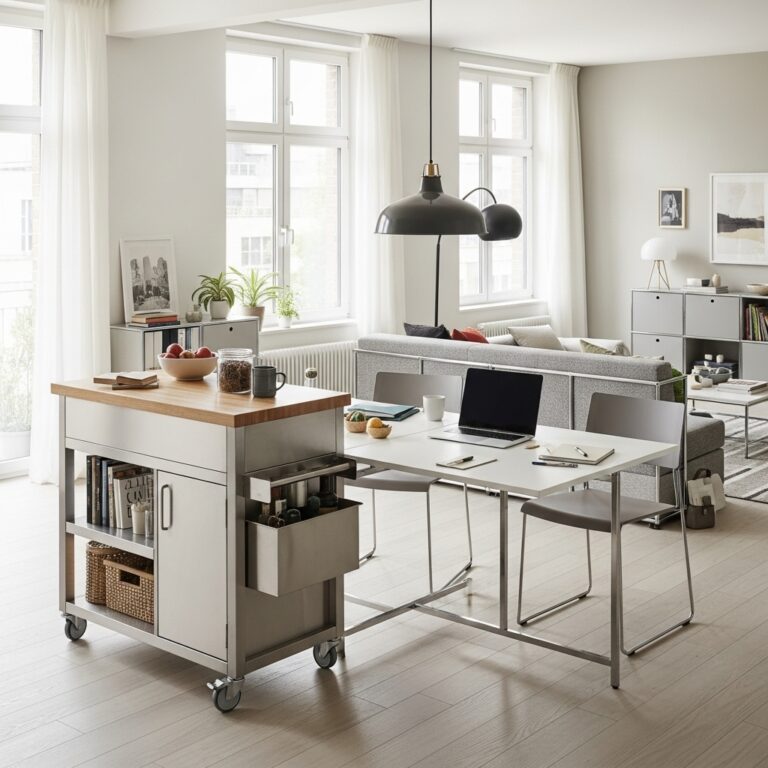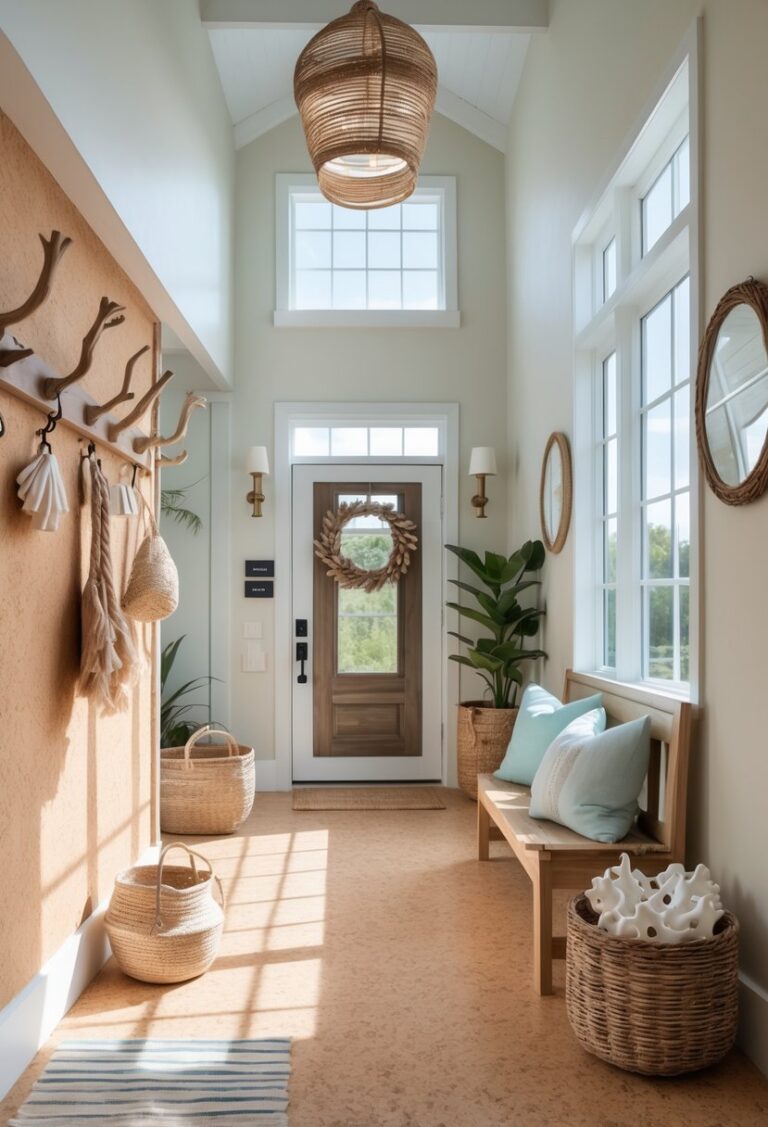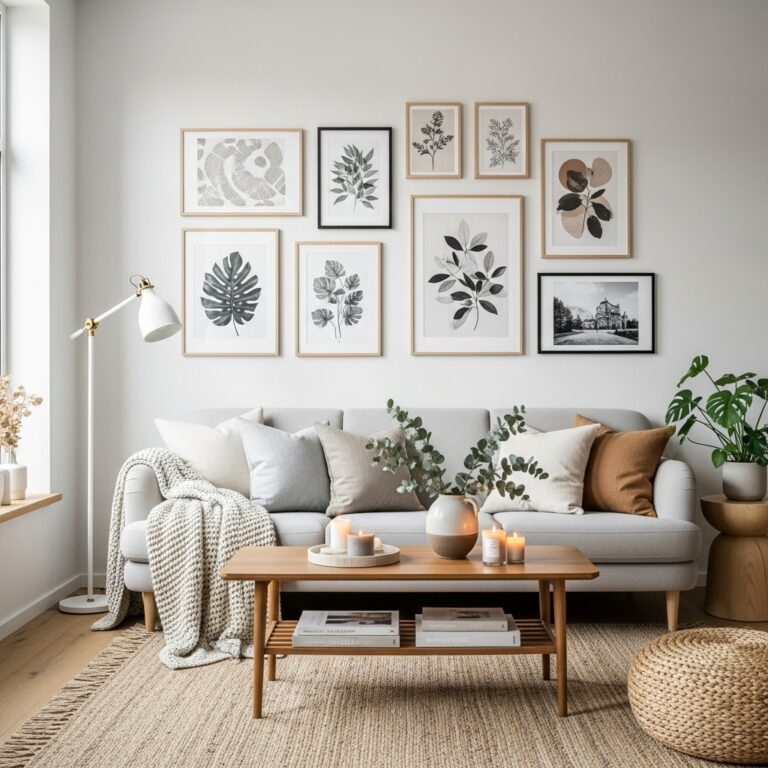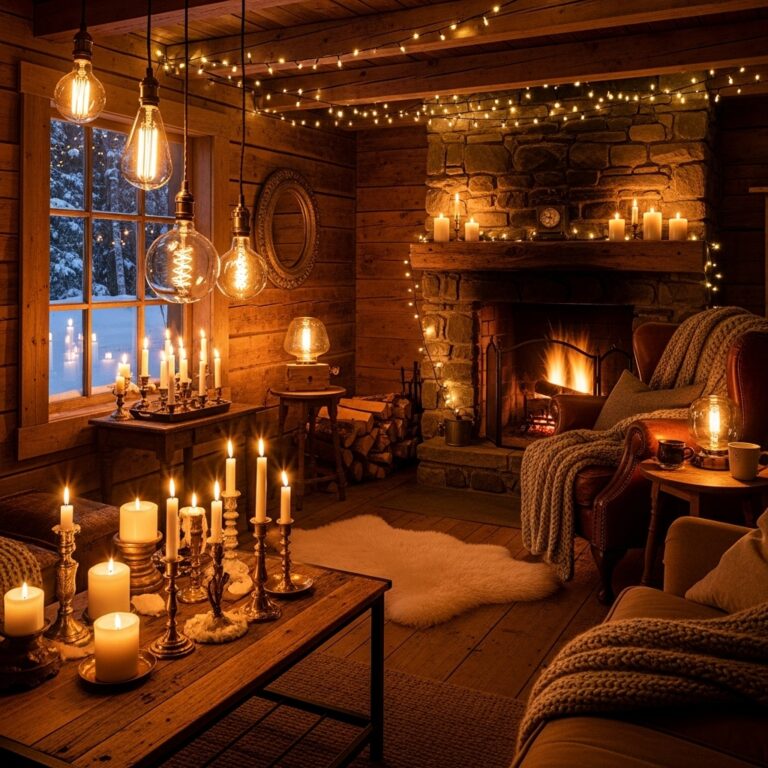Wall Painting Ideas: 25+ Creative Ways to Paint Your Walls for a Fresh, Stylish Look
Wall painting can change the look and feel of any room without needing major renovations. Many people seek creative ideas to make their walls more interesting and personalized.
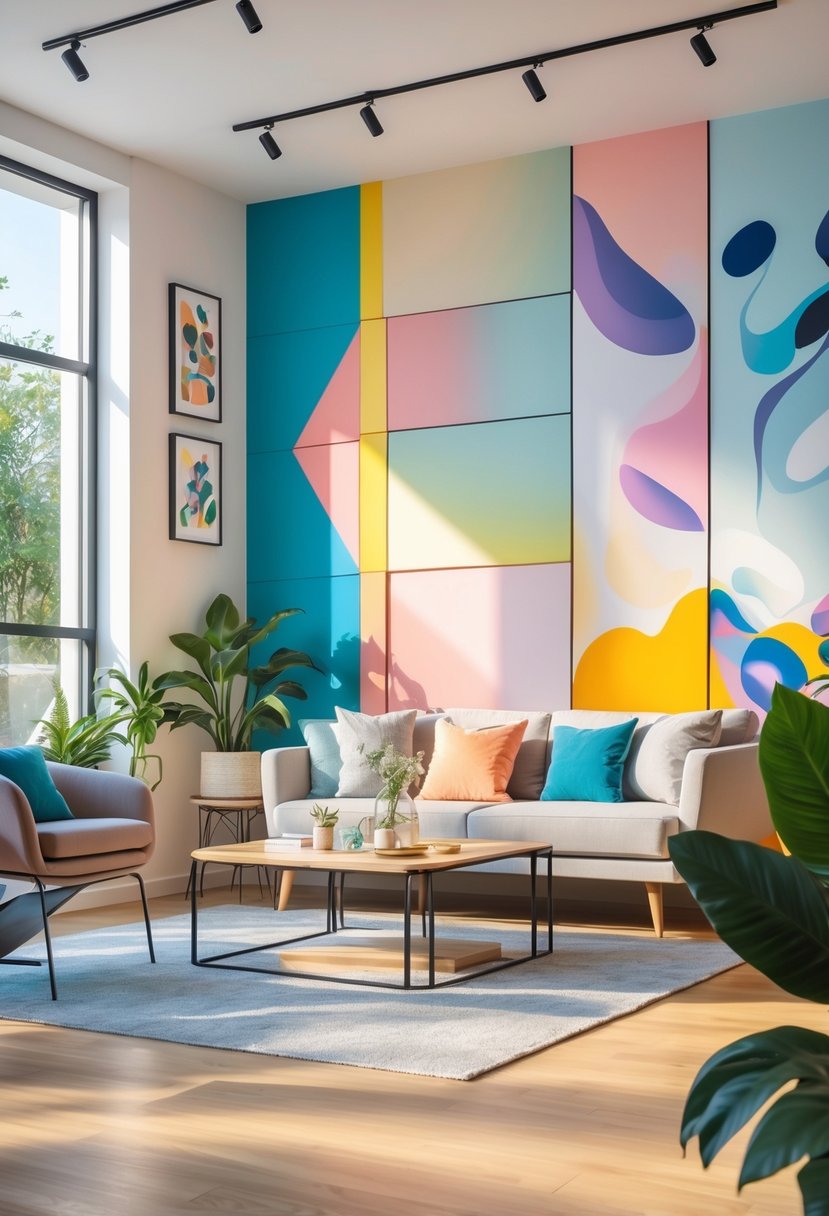
This article offers over 25 creative ways to paint walls, helping readers find simple and effective ways to refresh their space. By exploring different styles and techniques, anyone can enhance their home with paint.
Wall Painting Ideas
1) Geometric tape patterns using contrasting colors
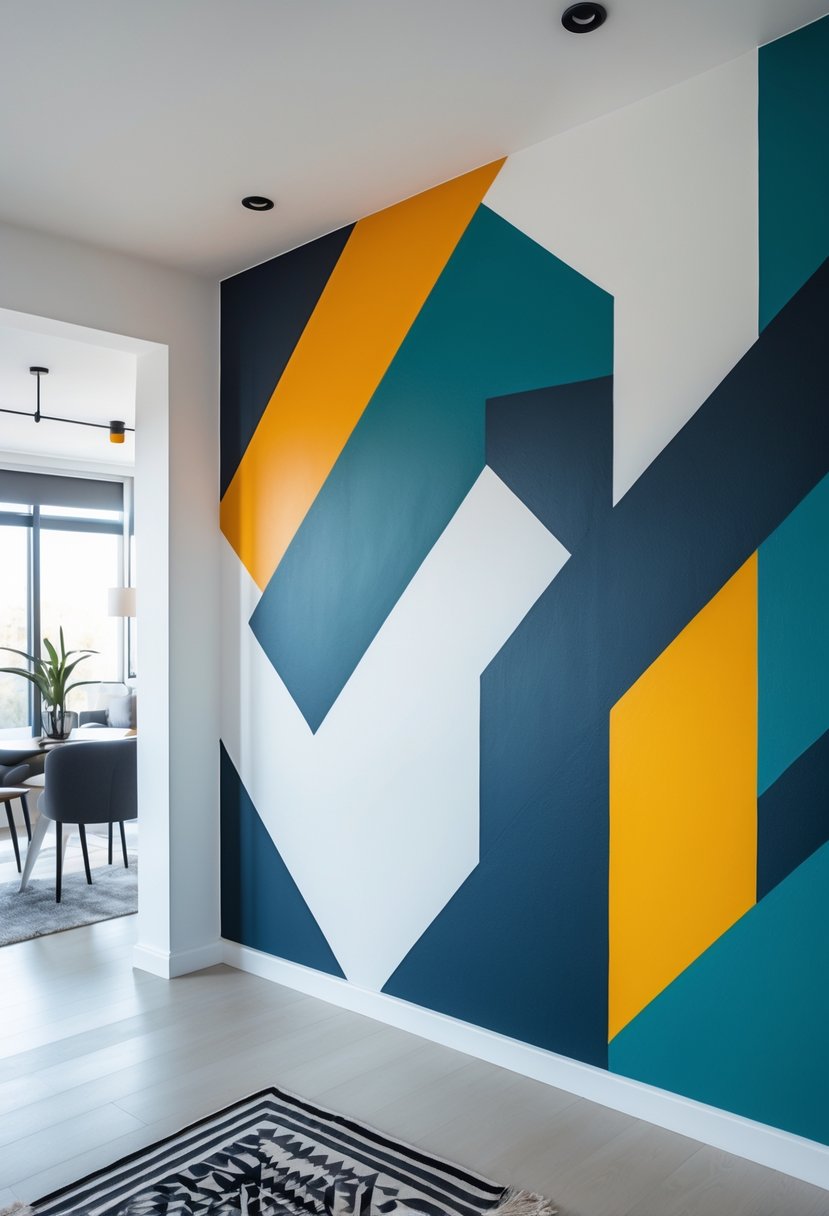
They create sharp, clean lines by using painter’s tape to mark shapes. Contrasting colors make the patterns stand out clearly on the wall. This technique works well for triangles, squares, and other geometric shapes.
Wall Painting Ideas
2) Hand-painted botanical murals
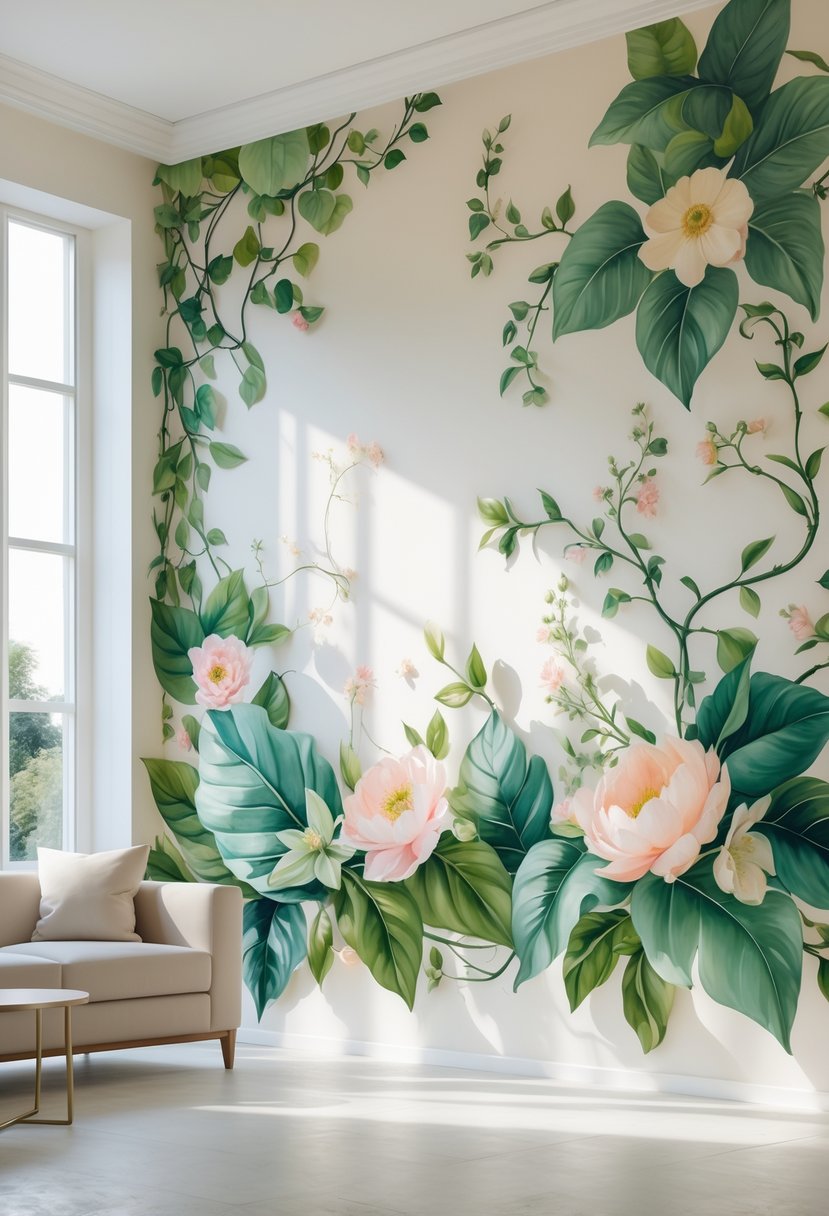
Hand-painted botanical murals feature plants, flowers, and leaves. They add a natural and calm vibe to any room. These murals can be simple or detailed, depending on the skill and style preferred.Wall Painting Ideas.
3) Two-tone horizontal stripes
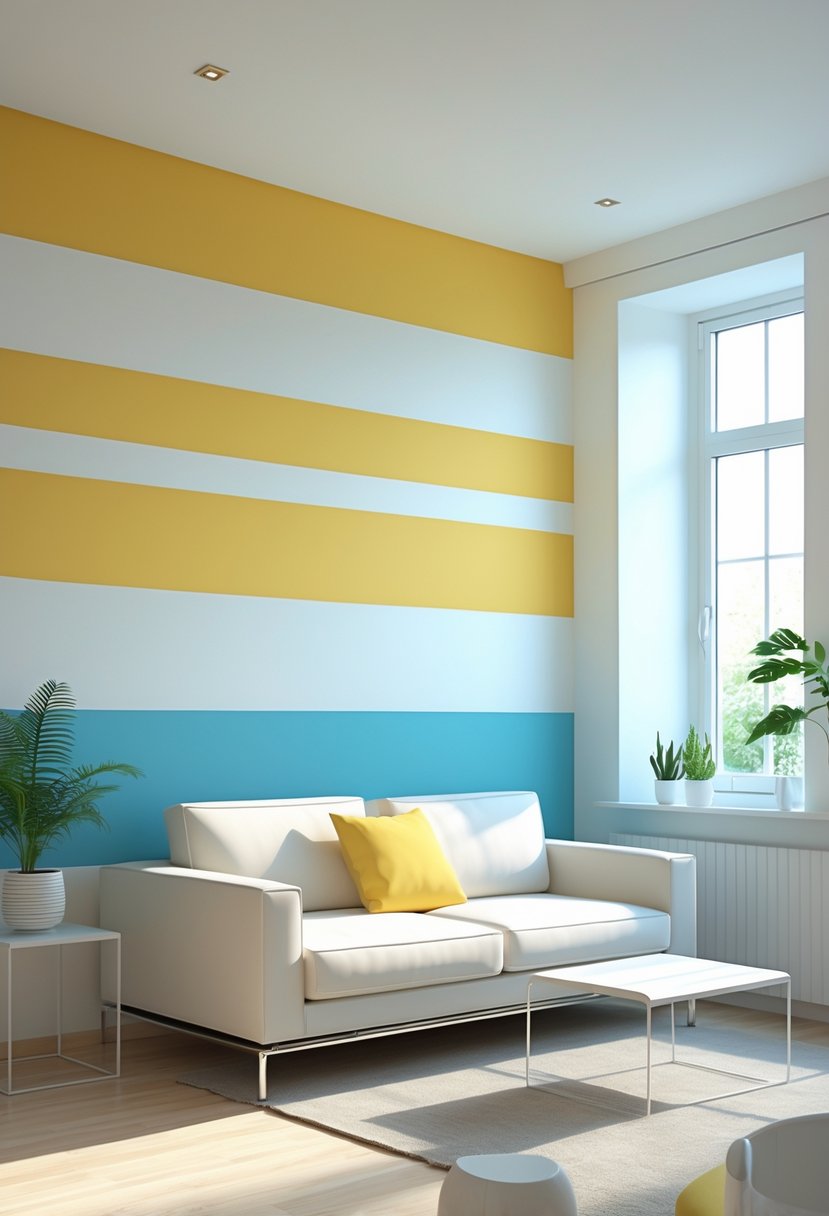
Two-tone horizontal stripes add a simple, modern look to any room. They work well in bedrooms, living rooms, or hallways. Using a level and pencil can help keep the lines straight when painting.
4) Textured sponge painting
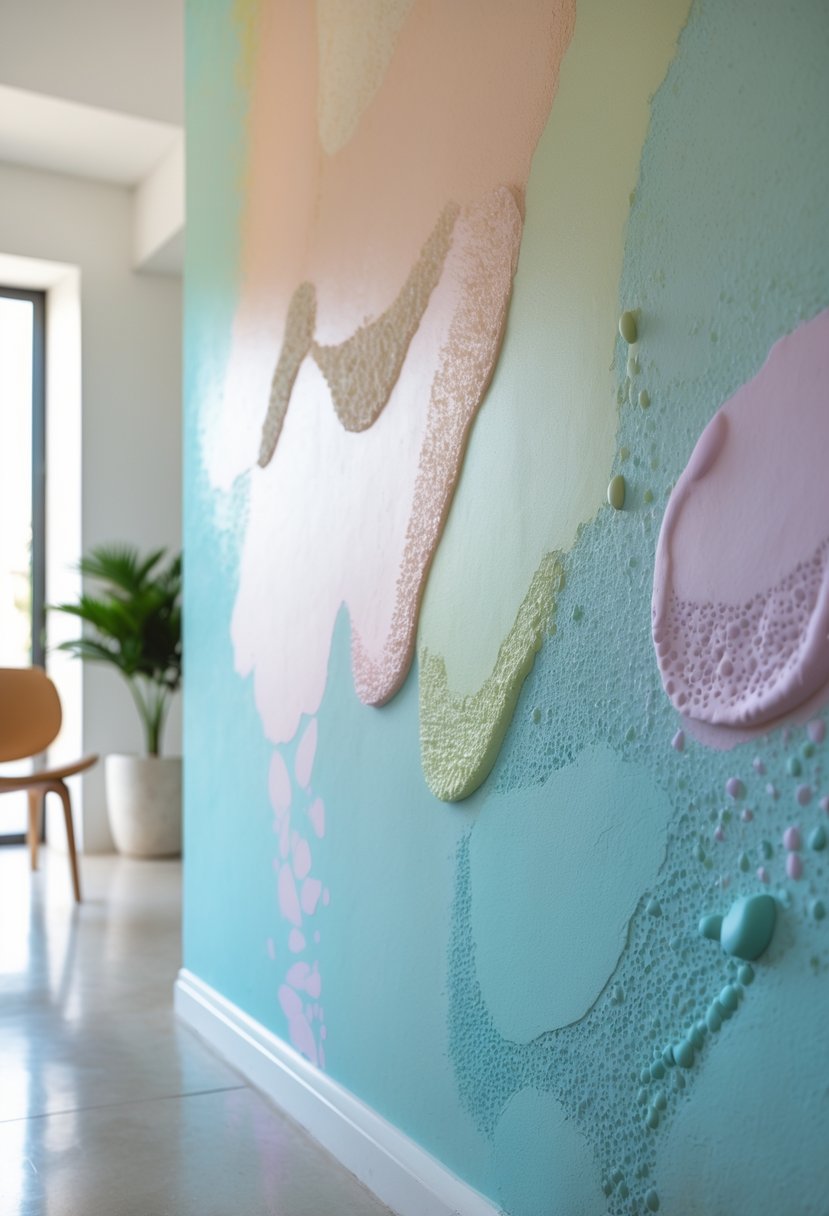
Textured sponge painting adds depth and interest to plain walls. It uses a sponge to apply paint in random patterns. This creates a subtle, layered look that can make a room feel more dynamic.
5) Ombre gradient walls
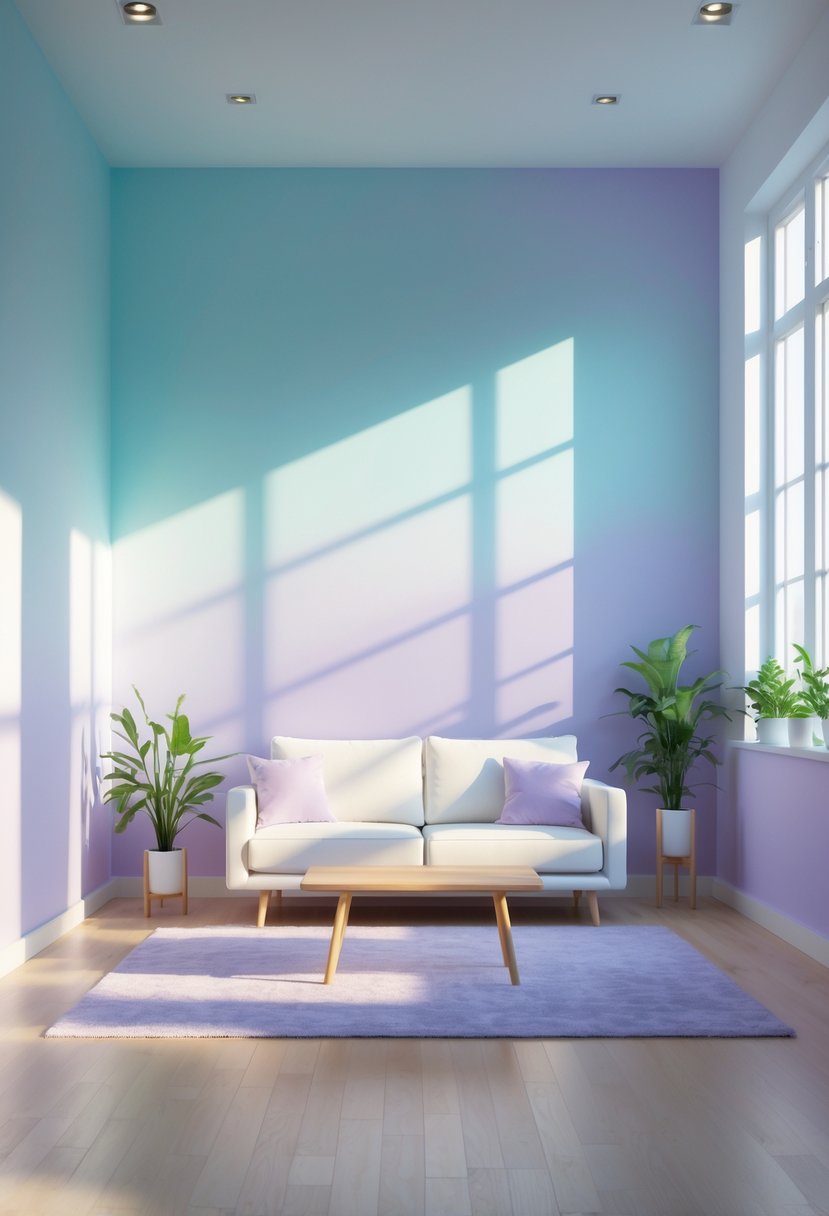
Ombre gradient walls blend one color into another smoothly. They create a soft and modern look in any room. The key is to work quickly while the paint is still wet for smooth transitions.
6) Accent wall with gold leaf details
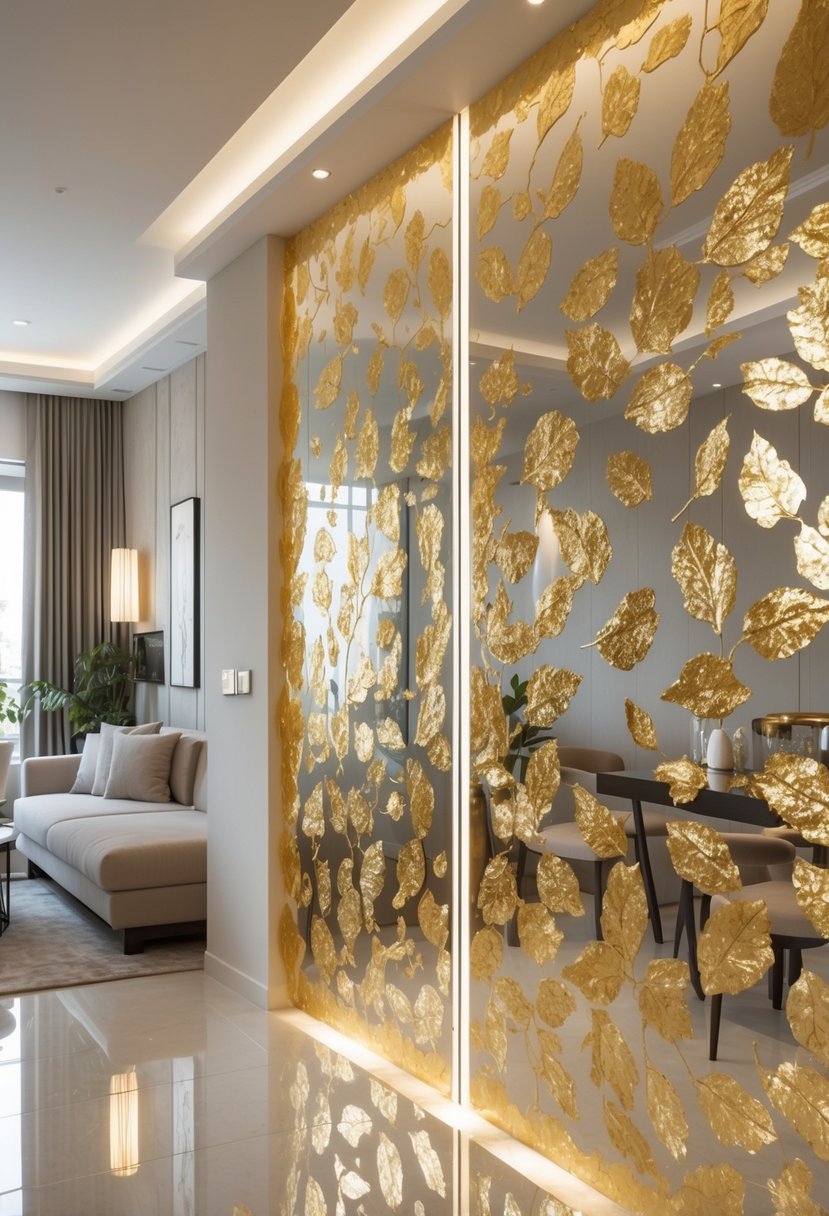
An accent wall with gold leaf adds a subtle shine and texture. It works well in living rooms or bedrooms to create a focal point. Applying gold leaf requires metal leaf size and careful layering to avoid damage. This technique gives walls a unique, elegant look without heavy paint.
7) Stenciled repeating shapes
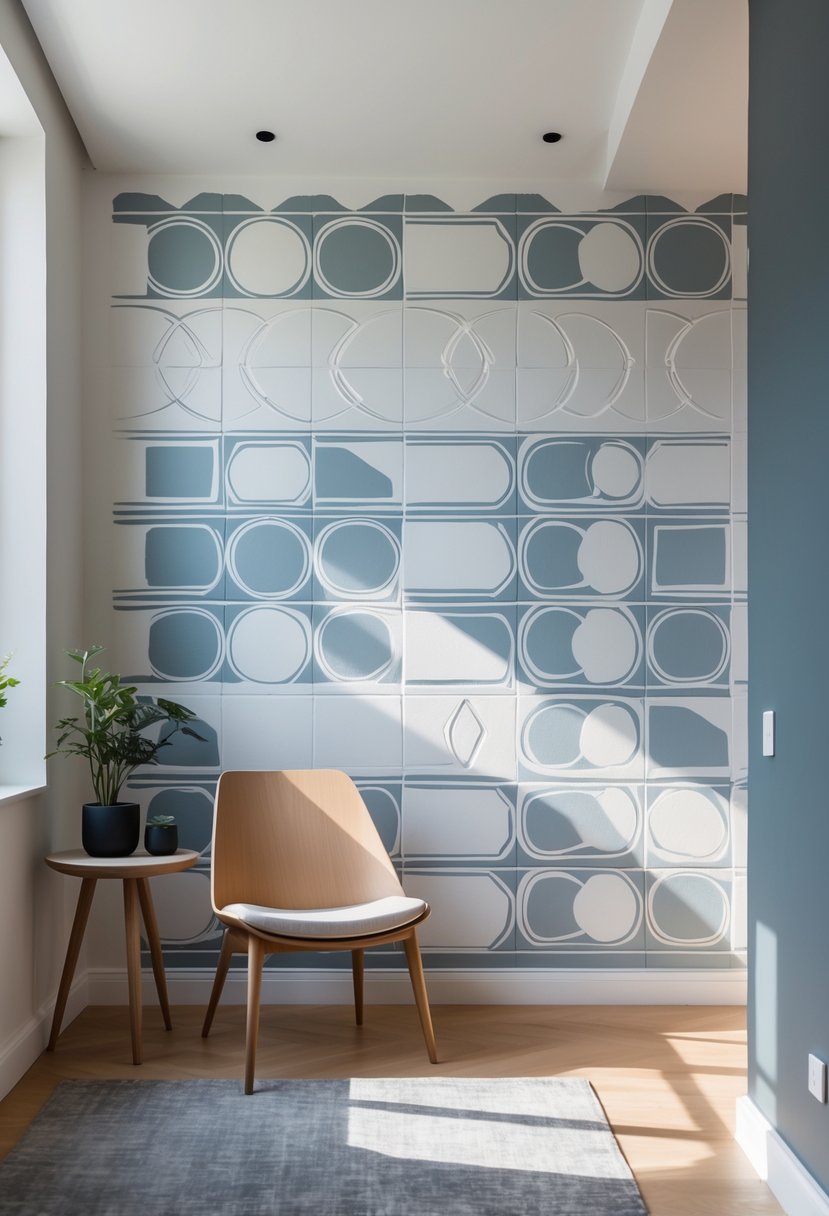
They create a clean, organized look on walls using simple tools. Repeating shapes like circles, diamonds, or geometric patterns add texture without overwhelming the space. This technique suits both modern and classic rooms. It is easy to do with wall stencils and paint.
8) Painted wall trim and molding
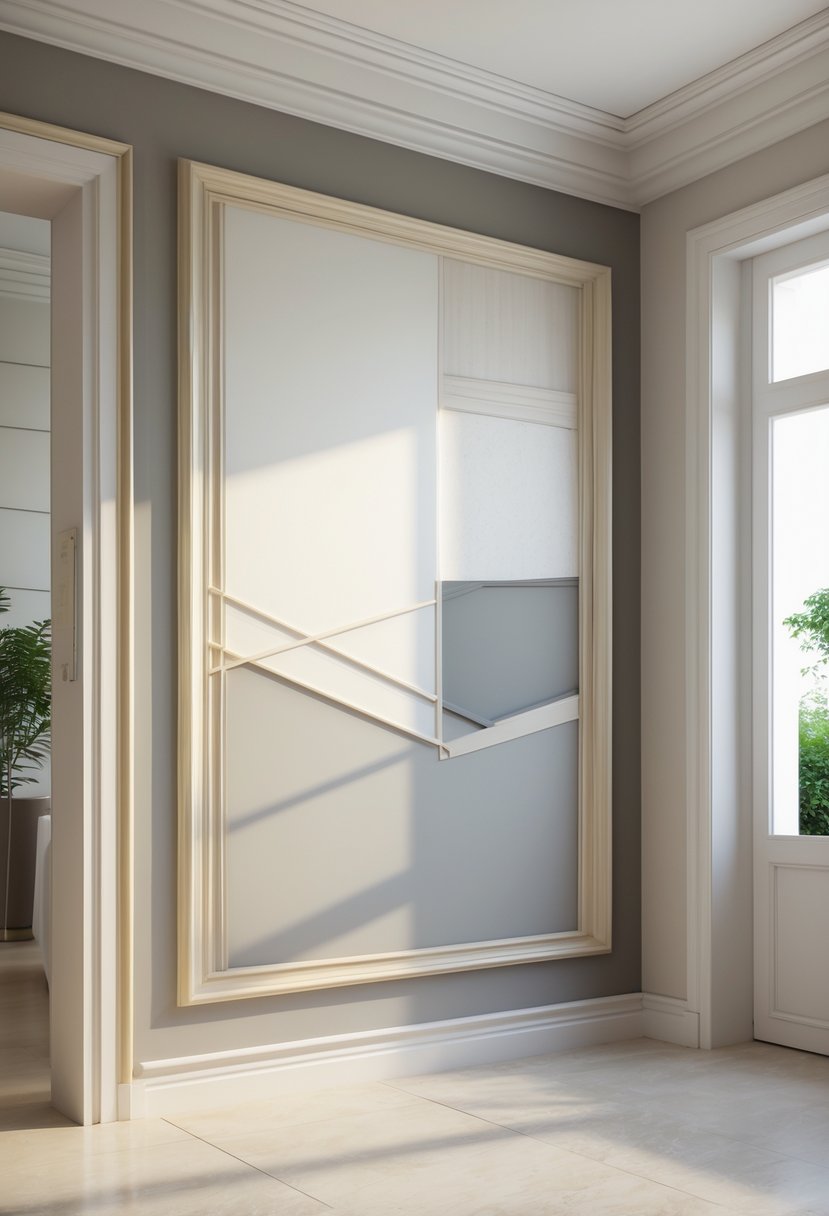
Painting trim and molding adds interest without a full wall makeover.
Using a contrasting or bold color makes the edges stand out.
This approach can refresh a room with little effort or cost.
9) Contrasting painted ceilings
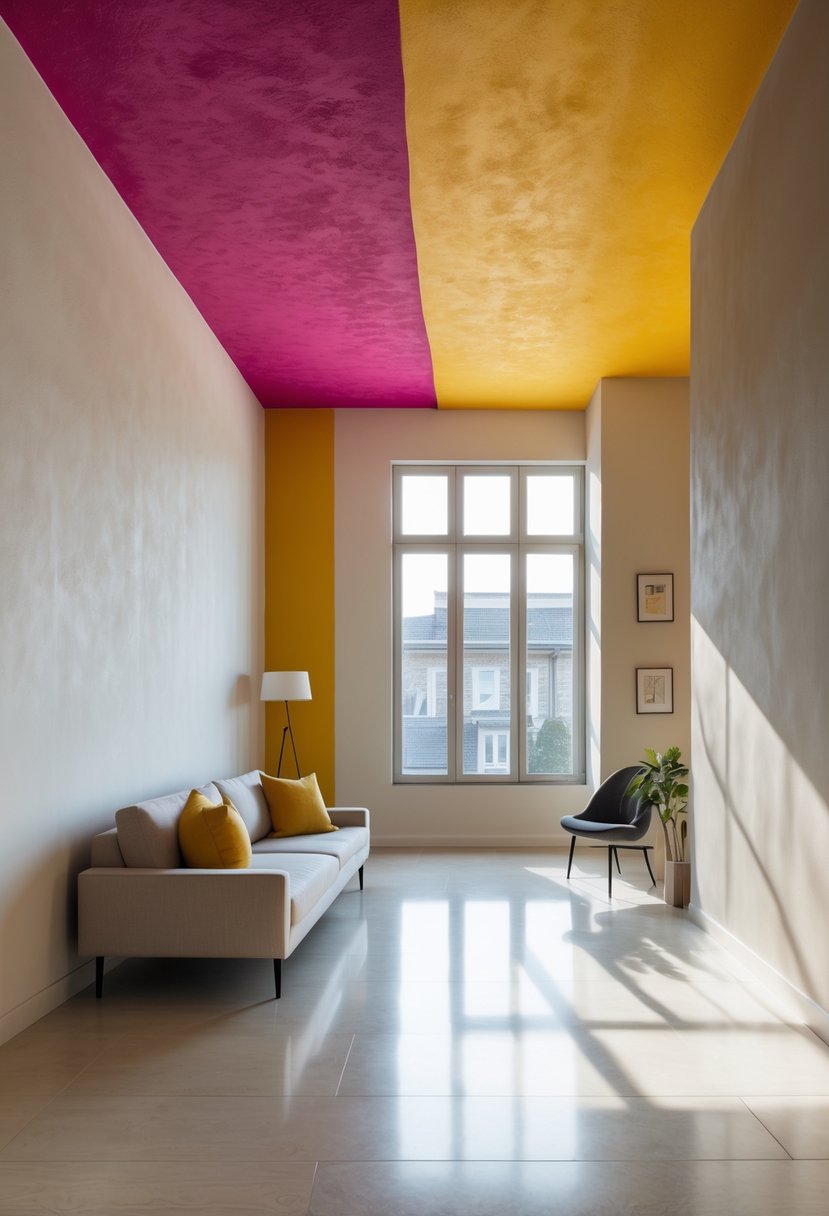
Contrasting ceilings use a different color than the walls to create a clear division. This adds depth and draws attention upward. It works well in rooms with simple wall colors, making the ceiling a bold feature.
10) Color blocking with bold hues
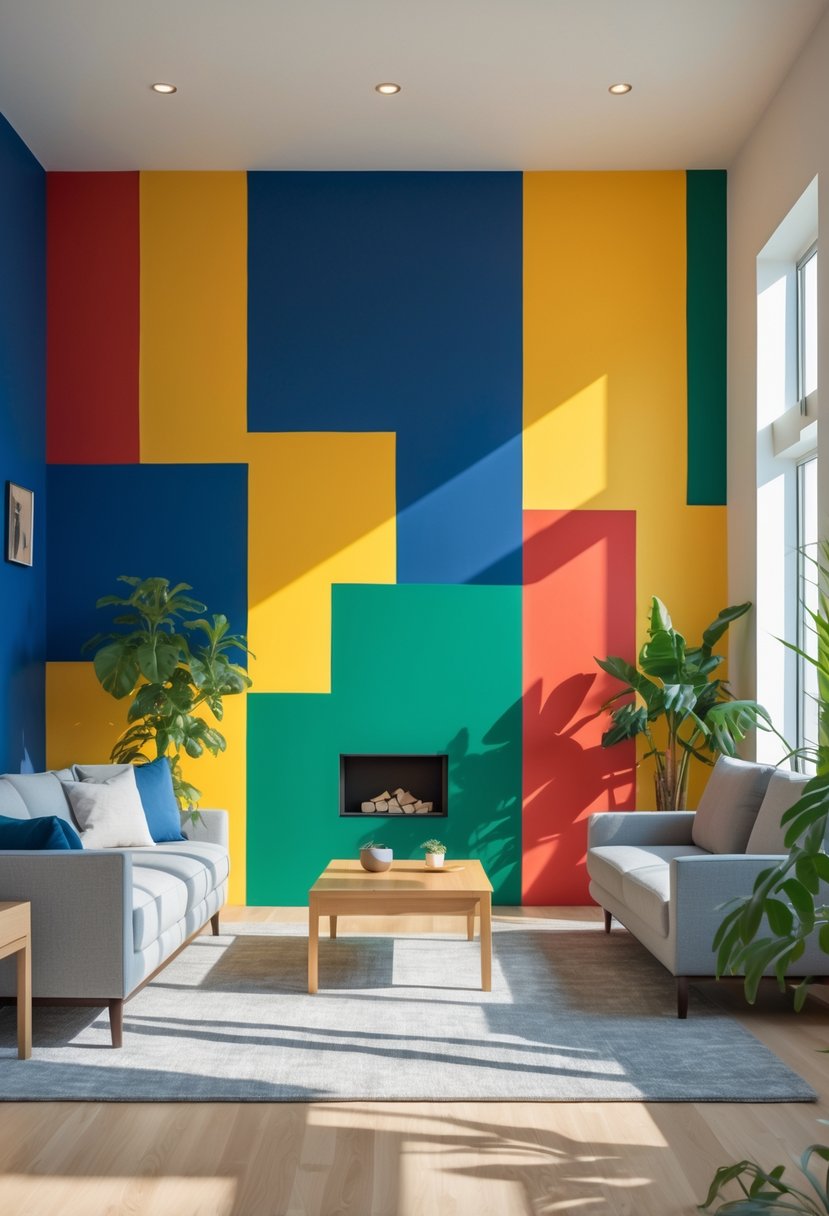
Color blocking uses large blocks of strong colors to create striking shapes on walls. It adds energy and interest to any room.
Choosing contrasting bold hues makes the design stand out. It works well on big, open walls to draw attention.
Choosing the Right Paint for Your Walls
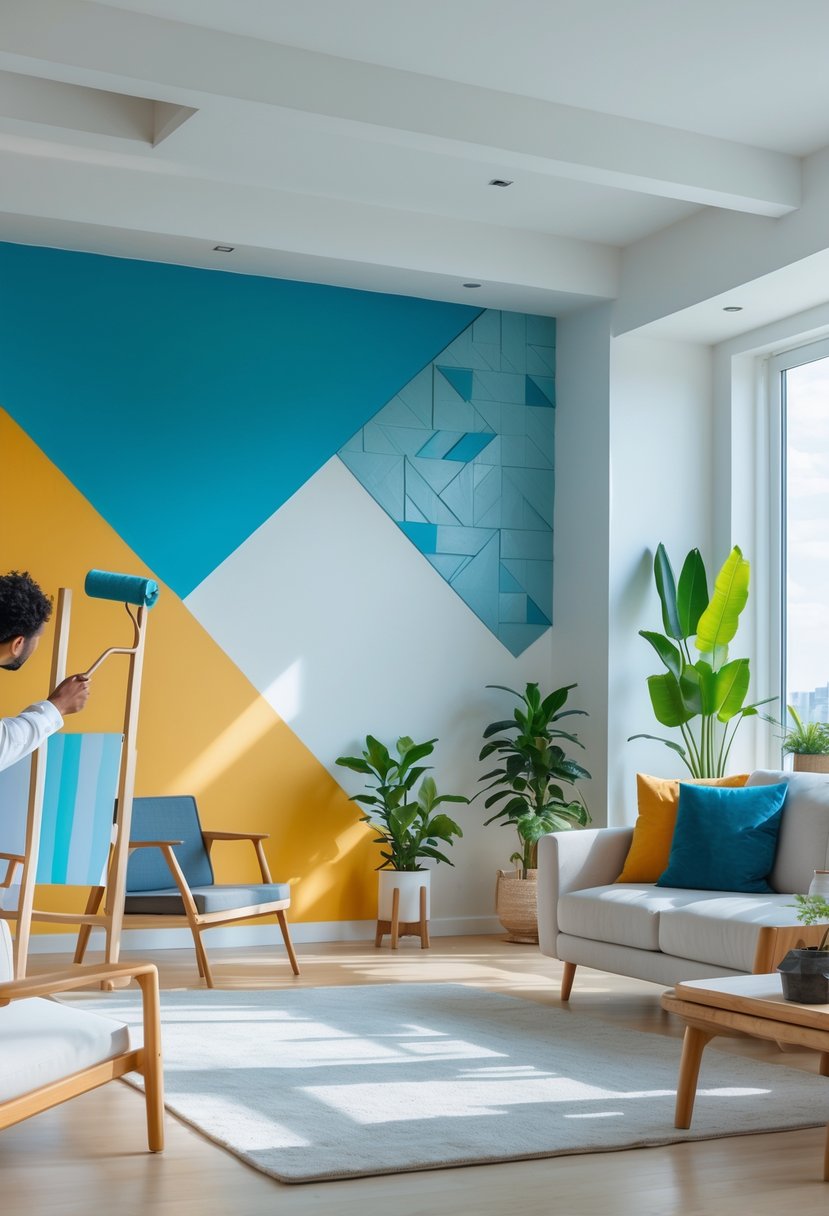
Choosing the right paint involves understanding the finish and finding colors that work with the room’s lighting and decor. These factors affect the look, feel, and durability of the painted walls.
Understanding Paint Finishes
Paint finishes come in different types, each with its own texture and shine level. Common finishes include:
- Matte: No shine, hides wall imperfections well, but can be hard to clean.
- Eggshell: Slight sheen, more durable than matte, good for living rooms and bedrooms.
- Satin: Soft gloss, easy to clean, ideal for high-traffic areas like hallways.
- Semi-gloss: Shiny and durable, perfect for trim, kitchens, and bathrooms.
- Glossy: Very shiny, great for highlighting features but shows imperfections.
Choosing the right finish depends on the room’s purpose, wall condition, and how much cleaning the area needs.
Selecting Colors That Complement Your Space
Choosing colors depends on the room’s lighting, size, and existing furniture. Natural light shows the true color better than artificial light. Rooms with little sunlight often benefit from lighter shades to feel bright and open.
Warm colors like reds and oranges create a cozy atmosphere. Cool colors like blues and greens make a room feel calm and spacious.
Try testing paint samples on the wall to see how the color changes throughout the day. Also, consider the wall color’s impact on mood and matching it with flooring and decor.
Wall Preparation and Maintenance
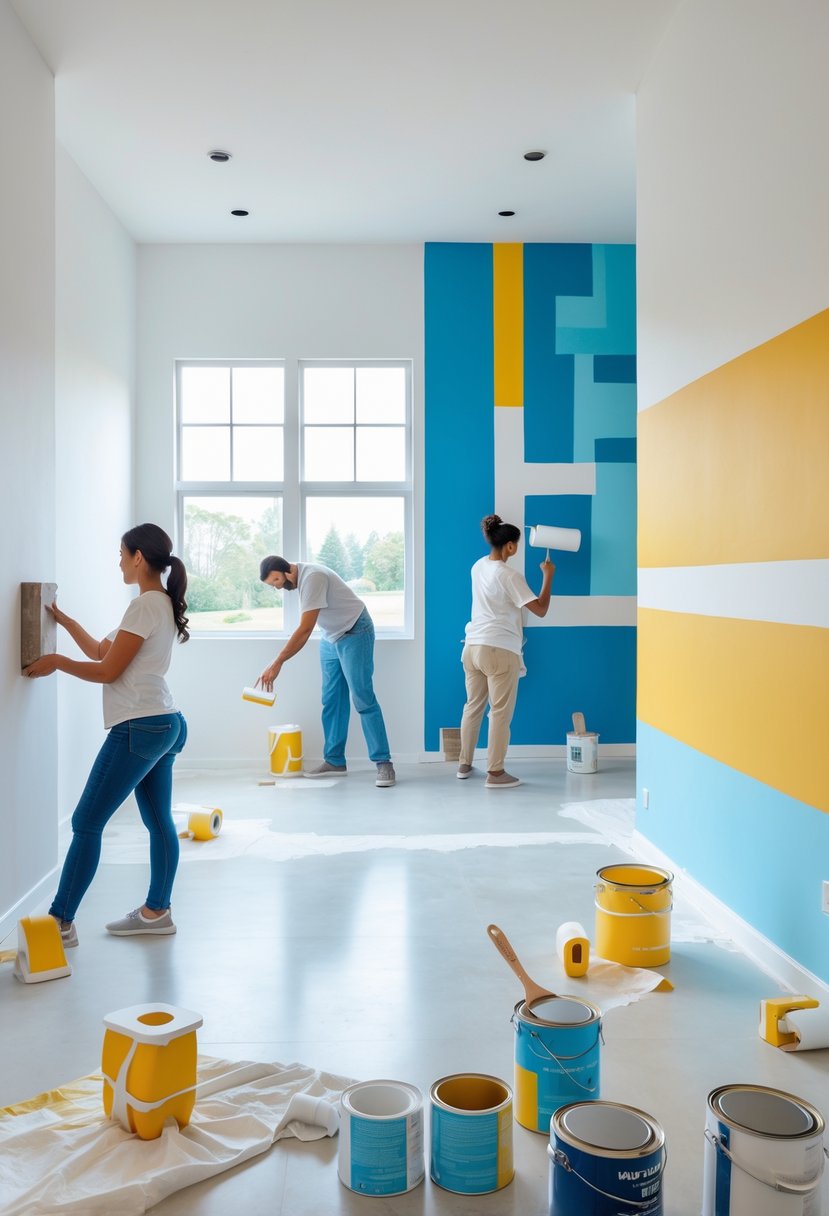
Proper wall preparation ensures paint adheres well and lasts longer. Regular care keeps painted walls looking fresh and prevents damage. These steps help create a smooth surface and maintain its quality over time.
Essential Wall Prep Steps
Before painting, the wall must be clean, dry, and smooth. Remove dirt, dust, and grease using a mild detergent and water. Scrub any mold or mildew with a mixture of bleach and water.
Next, repair holes and cracks with spackling paste or filler. Once dry, sand patched areas until smooth to blend with the wall surface.
Priming is crucial, especially on new drywall or repaired surfaces. It seals the wall and improves paint adhesion. Use a primer suited for the wall type and paint finish.
If painting over dark or bright colors, apply a primer to prevent color bleed-through. Lastly, protect the floor and furniture with drop cloths and painter’s tape around edges for clean lines.
Maintaining Painted Surfaces
Regular cleaning helps maintain paint quality. Use a soft cloth or sponge with mild soap and water to wipe walls. Avoid harsh chemicals or abrasive tools that can damage paint.
Check painted walls periodically for chips or cracks. Touch up small areas promptly to stop peeling or further damage. Use the same paint color for touch-ups to blend seamlessly.
In high-traffic areas, consider repainting every few years to refresh the look. Proper ventilation helps paint dry evenly and reduces moisture buildup, which can cause peeling or mold.
Keep sharp objects and furniture from scraping painted surfaces to prevent marks and scratches. Proper maintenance extends the life and appearance of wall paint.
Frequently Asked Questions
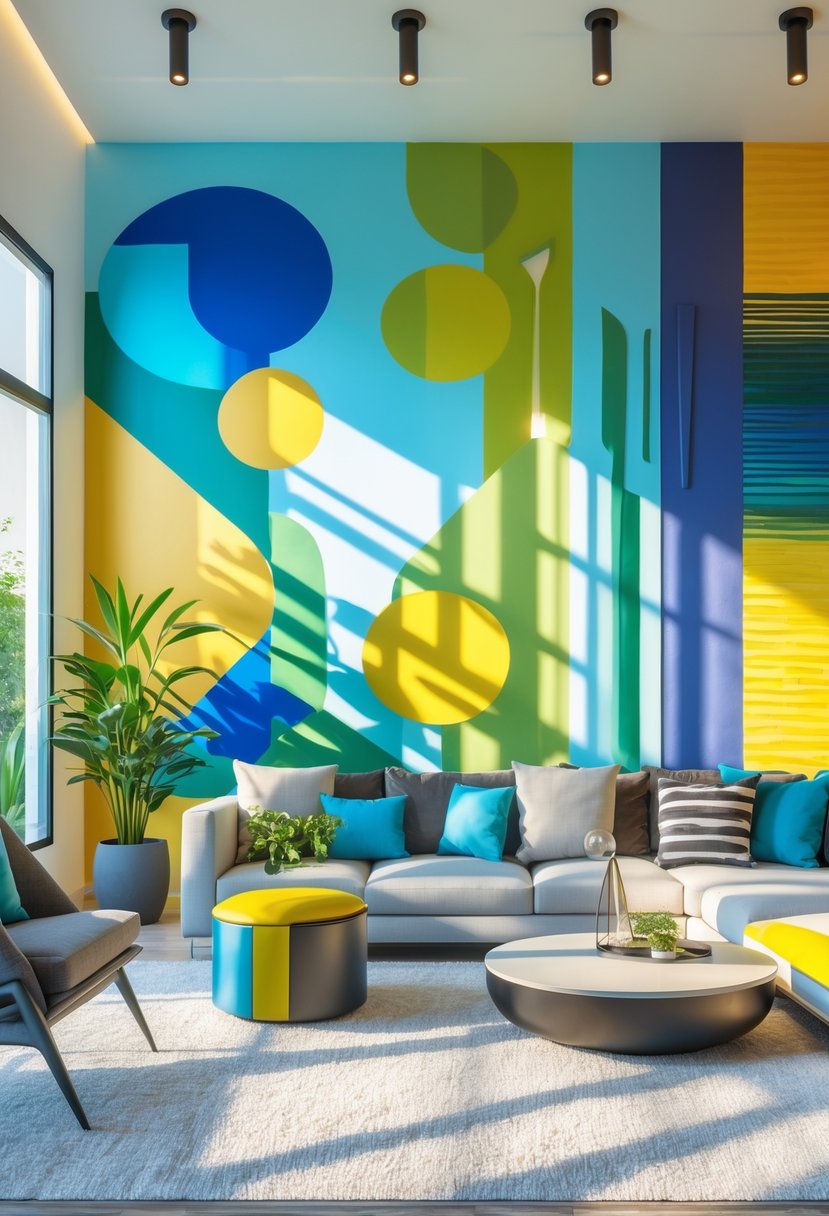
Many wall painting techniques focus on easy-to-follow methods like using tape for clean lines or sponges for texture. Popular feature wall patterns often include bold shapes, soft gradients, or stripes. Unique designs can range from murals to creative uses of color and layering.
What simple techniques can I use for DIY wall painting at home?
Using painter’s tape to create sharp, geometric patterns is an easy way to add style. Sponge painting allows for texture and depth with minimal skill. Ombre gradients are another simple technique that blends colors smoothly on a wall.
Which paint patterns are popular for creating a feature wall?
Geometric patterns with contrasting colors stand out as a top choice. Two-tone horizontal stripes provide a clean, modern look. Ombre gradient effects add a soft transition that highlights one wall without overpowering the room.
How can I add a unique painted design to my room’s walls?
Hand-painted botanical murals can bring nature inside and create a focal point. Layering paint with sponges or brushes in abstract shapes adds interest. Mixing patterns like stripes with painted details also creates a distinct look.
What are some innovative ideas for painting an accent wall?
Using textured sponge techniques can add visual interest. Combining bold colors with clean geometric shapes gives a contemporary feel. Adding subtle metallic or gold accents to one wall also provides an unexpected touch.
What are the latest trends in decorative wall painting for living spaces?
Ombre gradient walls remain popular for their soft, modern style. Mixing natural, muted tones with bold accent colors fits many decor schemes. Textured effects and hand-painted details are increasingly favored over simple flat paint.
Can you suggest some interesting color combinations for room wall painting?
Contrasting pairs like navy blue and white create bold statements. Soft pastels mixed with neutral shades add calmness. Earth tones with gold or metallic accents bring warmth and elegance to living spaces.

